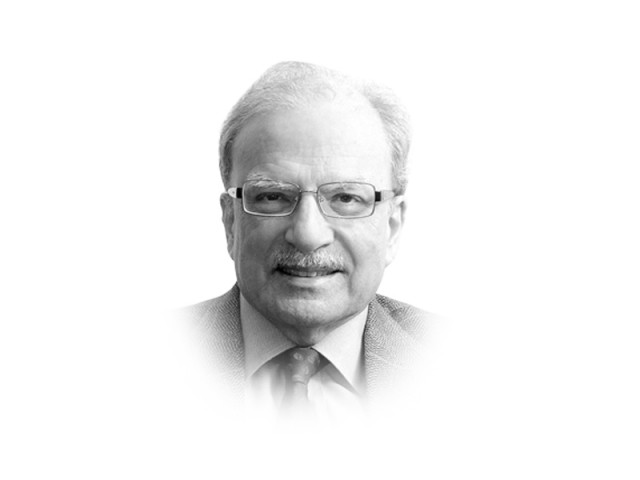Pakistan in the role of Asian glue
Given Pakistan’s chaotic situation, would be presumptuous to suggest the country could bind different parts of Asia.

The military leaders were able to access foreign aid since it was consequent upon subscribing to America’s strategic interests in the area around Pakistan. The military rulers had more degrees of freedom to work with foreign governments. They did not feel they needed to be constrained by public opinion. As can be gauged from Pakistan’s difficulties with the US in 2011-12, a democratic government has to take people’s views into account while fashioning foreign policy. As a recent survey by the Pew Research Centre revealed, a very large proportion of people in Pakistan view the US unfavourably compared with other countries in Asia.
Pakistan’s current economic downturn has been extremely severe, lasting longer than any other in its history. It has lasted for five years and is likely to persist for a while. One way of dealing with this situation is to completely reorient the country’s approach to economic development. It needs to focus more on developing strong links with the Asian nations in its neighbourhood rather than continue to seek a close relationship with the US. For some time now, Pakistan has been attempting to negotiate a free trade arrangement, FTA, with the US. That is an impractical approach since Washington has signed FTAs with mostly small nations such as Panama. These countries could be given tariff-free access since they did not pose much threat to America’s domestic industry. For a large country such as Pakistan with one large sector — textiles — the path to an FTA will be slow and will not be particularly rewarding. Instead, this may be a good moment to think about going Asian.
Given Pakistan’s current chaotic situation in both politics and economics, it would be rather presumptuous to suggest that the country could act as the glue for binding different parts of Asia, a large continent, which is now on the move. Several analysts have suggested that the 21st century will be the Asian century; that the extraordinary combination of demography, the role of the state and recent economic history will take Asia forward. The 19th century was the century of Europe and the 20th that of America. This was now the turn of Asia. According to this line of thinking, Asia could, in the not too distant future, overtake both Europe and America in terms of the respective sizes of the economies of these three continents. There is enough dynamism in Asia for several scholars to be comfortable with the thought that such a repositioning of the continental economies is inevitable. However, the pace of change could be quicker and the result more definite if the various Asian countries, large and small, could work together and enable the continent to become a well-connected economic entity with strong inter-country links. Such an outcome could become possible if there was the political will to act on the part of Asia’s large countries. In this context, Pakistan’s role could be critical even when its own economy is very weak at this time.
Some analysts have suggested that rather than one Asia there were, in fact, two Asias, one dominated by China, the other by India. The question was whether the two Asias would converge into a loosely-bound economic entity, or diverge — each part going its own separate way — developing separate economic and political systems and pursuing different goals. There were just too many systemic differences between these two parts of Asia for them to meld together. The state systems in the two anchor economies, China and India, were so different that working together within a common policy framework would not be a practical proposition. China was a highly centralised state. In India’s evolving political system, federating states possessed considerable autonomy, a trend that was weakening the centre. Political systems were also different. China was able to orchestrate regime change in a fairly orderly manner; a process in which it was engaged in now for more than a year and will reach a well-choreographed finale in the spring of 2013. However, the transfer of power in India occurred through elections and the formation of governing coalitions was not always a smooth process. The two countries were headed in quite different directions. Divergence was the more likely outcome.
However, it is, perhaps, even better to think in terms of not one or two Asias but about four rather different parts. This further division of a geographic entity that many would like to see merge into one cohesive economic system certainly complicates the thinking about the future. But looking at Asia from this perspective is more practical and makes it easier to handle the making of public policy. It also makes Pakistan a central player. I will pick up this subject next week.
Published in The Express Tribune, July 23rd, 2012.












COMMENTS
Comments are moderated and generally will be posted if they are on-topic and not abusive.
For more information, please see our Comments FAQ